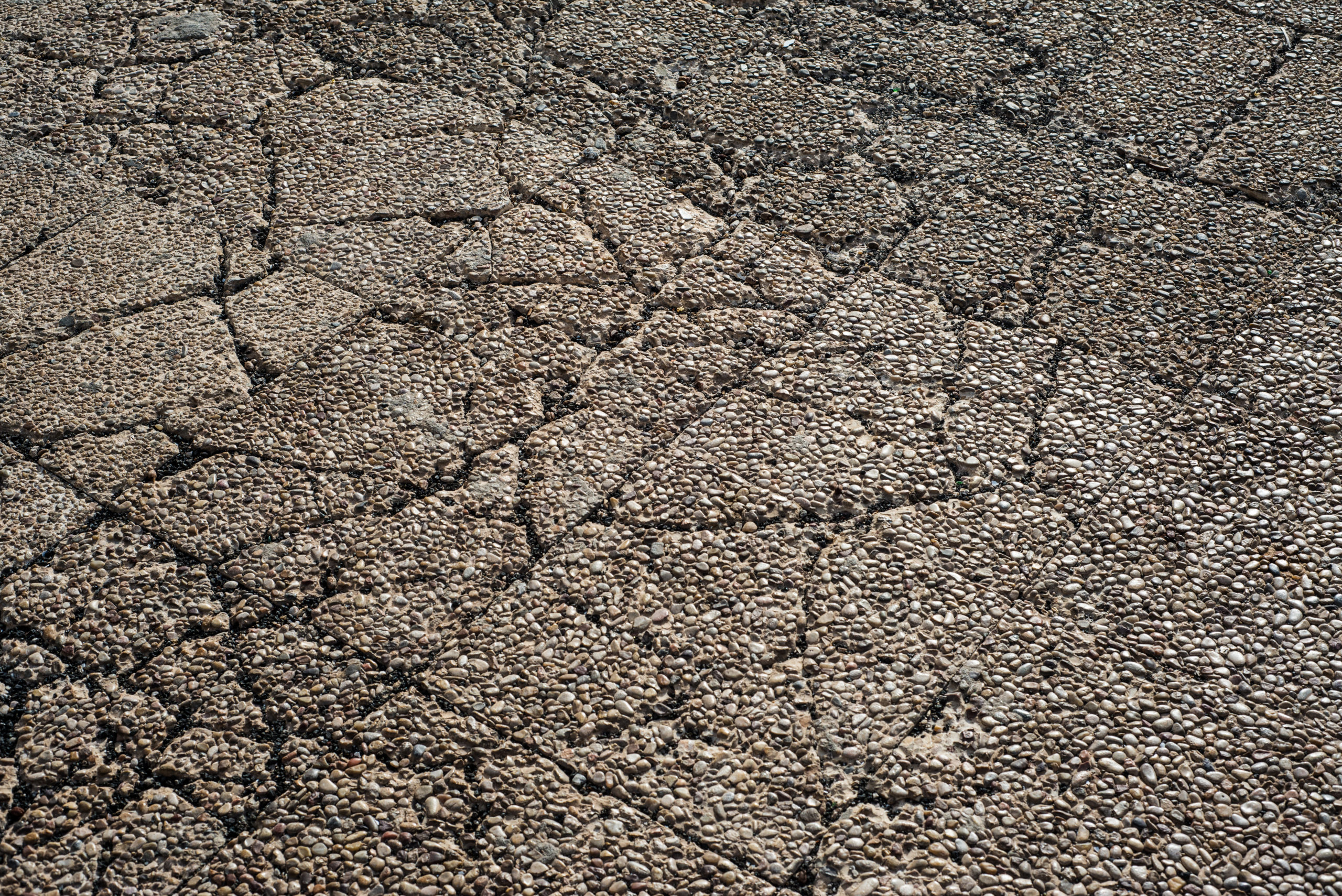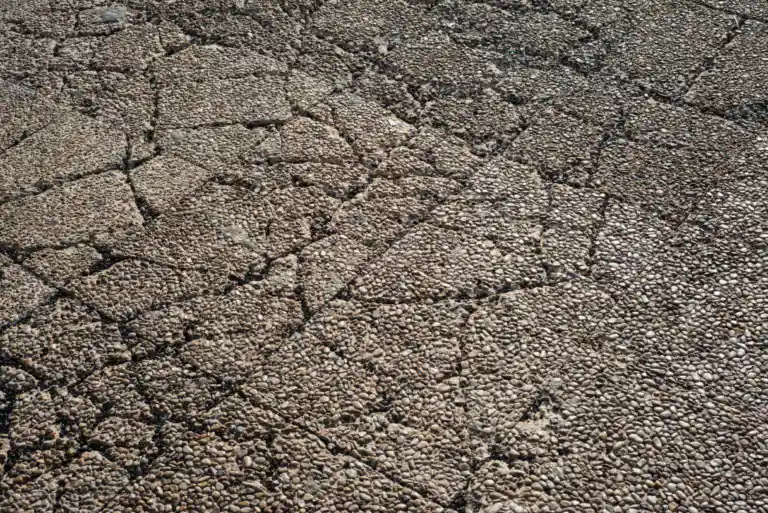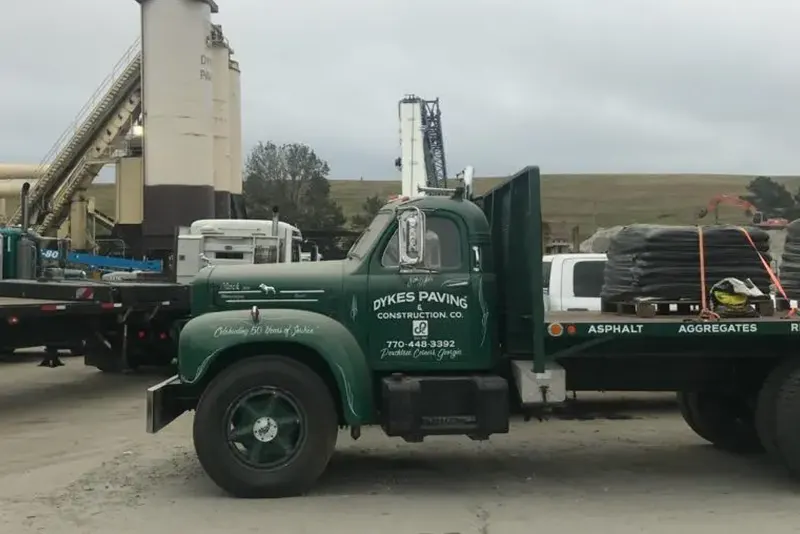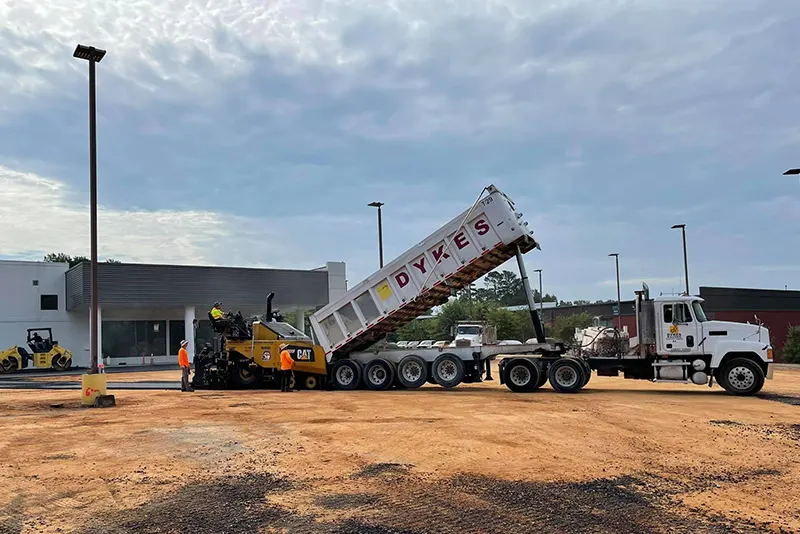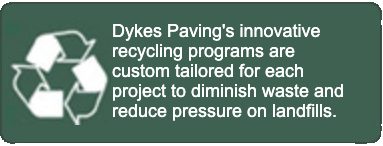Fatigue cracking is that cracking and chipping we see on our roads almost anywhere we go. It seems to be quite harmless but a smart road manager knows this is a sign that the pavement is on its way to failure.
Fatigue cracking in asphalt is generally recognizable by what’s known as alligator cracking, so named because the cracking takes the shape of the spikes on an alligators back. Something like chicken wire or a lightning bolt. These start small and spread and appear near each other and connect eventually requiring serious repair.
Just like it sounds, fatigue cracking is a symptom of over use, either by loads too heavy for the pavement or more repetitions of a given load than designed for. Poorly drained bases beneath the surface layer of asphalt will make the problem worse.
3 types of Fatigue Cracking
The Federal Highway Administration’s identifies 3 levels of severity for fatigue cracking:
- High severity fatigue cracking is when the cracks have connected in large areas and there are several pieces of surface asphalt that are very loose. This is when the pavement has been stressed to the limit of its fatigue life. It is no longer attractive and is barely functional. Pavement in this condition needs repair immediately.
- Moderate severity fatigue cracking is distinguished by the arrival of connecting cracks and the alligator type cracking pattern. The cracks may be swollen slightly and lower layers of road materials be become evident. Pieces of the surface layer of asphalt my move and break off if subjected to traffic.
- Low severity fatigue cracking is when an area of asphalt has only small cracks with very few or none of them connecting to display the zig zag alligator type shape. Also the cracks are not evidently removing lower layers of the road materials.
Repairing Fatigue Cracking
Repairing fatigue cracking and the potholes it creates does more than just improve the appearance of the site. Fixing cracks and holes reduces safety hazards. In Atlanta, no one is better at resurfacing and rehabilitation of asphalt than Dykes Paving. You can find information about their resurfacing work here.
New studies on old roads have shown the best way to prevent fatigue cracking is to start from the bottom up with better materials and better processes. Although it is impossible to prevent fatigue cracking indefinitely, roads are getting better and more durable every year. But traffic and use of trucks has also been increasing in recent decades. When an old road has reached the end of its fatigue life and high severity fatigue cracking is apparent then work has to be done to fix the road. Typical surface treatments sometimes lonely 3-4 years which is terribly expensive. This may be a sign the base materials have shifted and are now highly conducive to creating these surface cracks. This can be because of a combination of poor drainage and shifts and cracks in the base materials which allows water into areas it shouldn’t be allowed.
At this point the best thing to do is to rebuild the road from the bottom up. You will have to dig up all the layers and re-lay it better and more carefully. Especially if the road is old, the new bottom up treatment will last significantly longer due to technology and materials improvement. But for roads who aren’t quite that old it may seem like a lot of work to dig it up and start again. Repaving and resurfacing can help save the life of your asphalt and keep it attractive.

